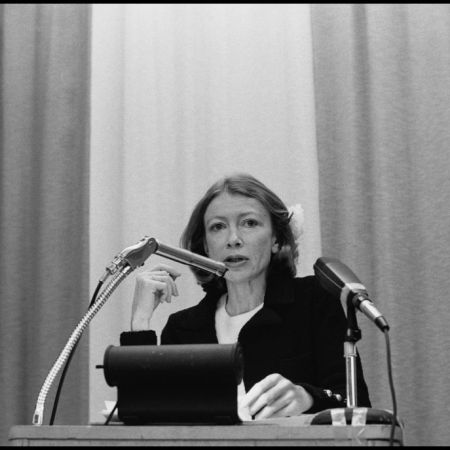Certain ghost stories have stood the test of time, entertaining and unsettling audiences over the course of decades or centuries. In the case of some narratives, their power doesn’t just encompass words on a page; instead, these stories have also been the basis for memorable adaptations over a host of different mediums, from stage to screen and beyond. Of these, there’s a case to be made for Henry James’s The Turn of the Screw to be the most ominous and compelling of them all.
In a new essay at Literary Hub, Adam Scovell (himself no stranger to compelling uncanny fiction) explores James’s novella and zeroes in on the qualities that have led to it being adapted in so many different ways over the years.
The latest high-profile adaptation of it came as part of Mike Flanagan’s Netflix series The Haunting of Bly Manor, though Flanagan has pointed out that his series encompasses a host of James’s ghost stories rather than just The Turn of the Screw. “It’s been really exciting to have this much bigger canvas, because you’re not going to do better than The Innocents anyway,” he told Total Film.
The 1961 film in question is considered by many to be a masterpiece of the genre — including no less a film buff than Martin Scorsese. In a list of his favorite scary movies, Scorsese called it “one of the rare pictures that does justice to Henry James.”
For Scovell, the appeal of James’s novella can be found in its sensory elements. “Seeing and interpreting what is witnessed is key, and is really why the story has worked so well in visual formats,” he writes. Add in a story abounding with ambiguity — which allows different adaptations to take very different approaches, from supernatural to psychological — and it’s not hard to see why this eminently unsettling story is still inspiring myriad works over a century after it was first published.
Thanks for reading InsideHook. Sign up for our daily newsletter and be in the know.


















